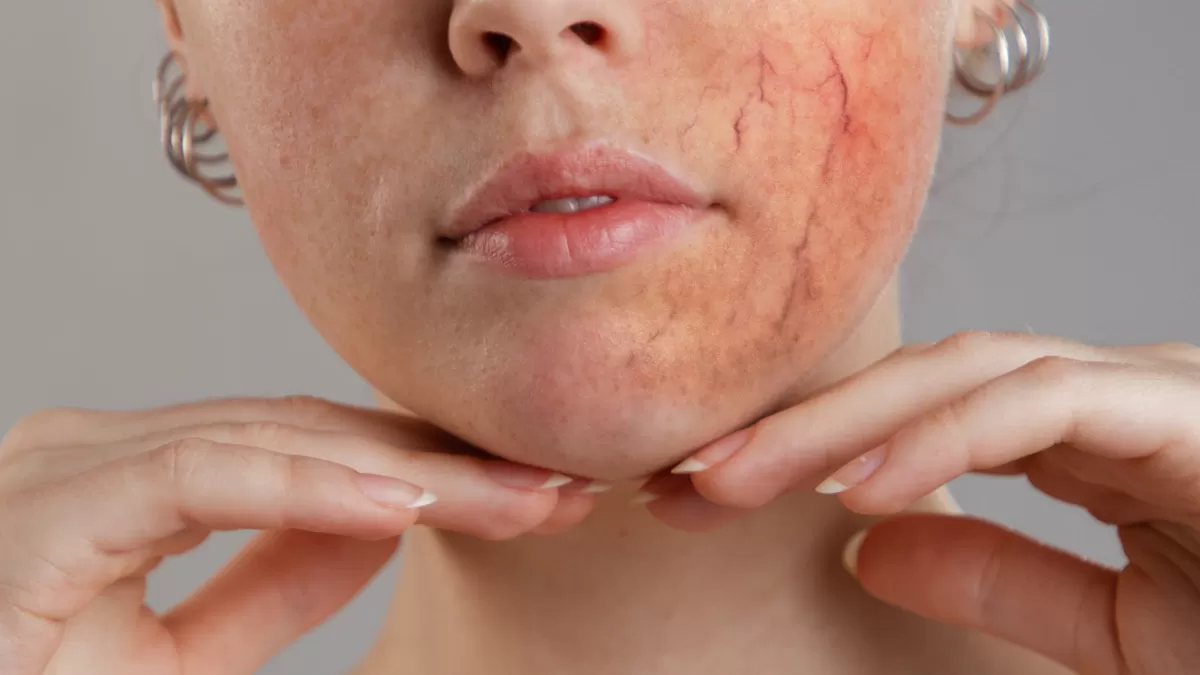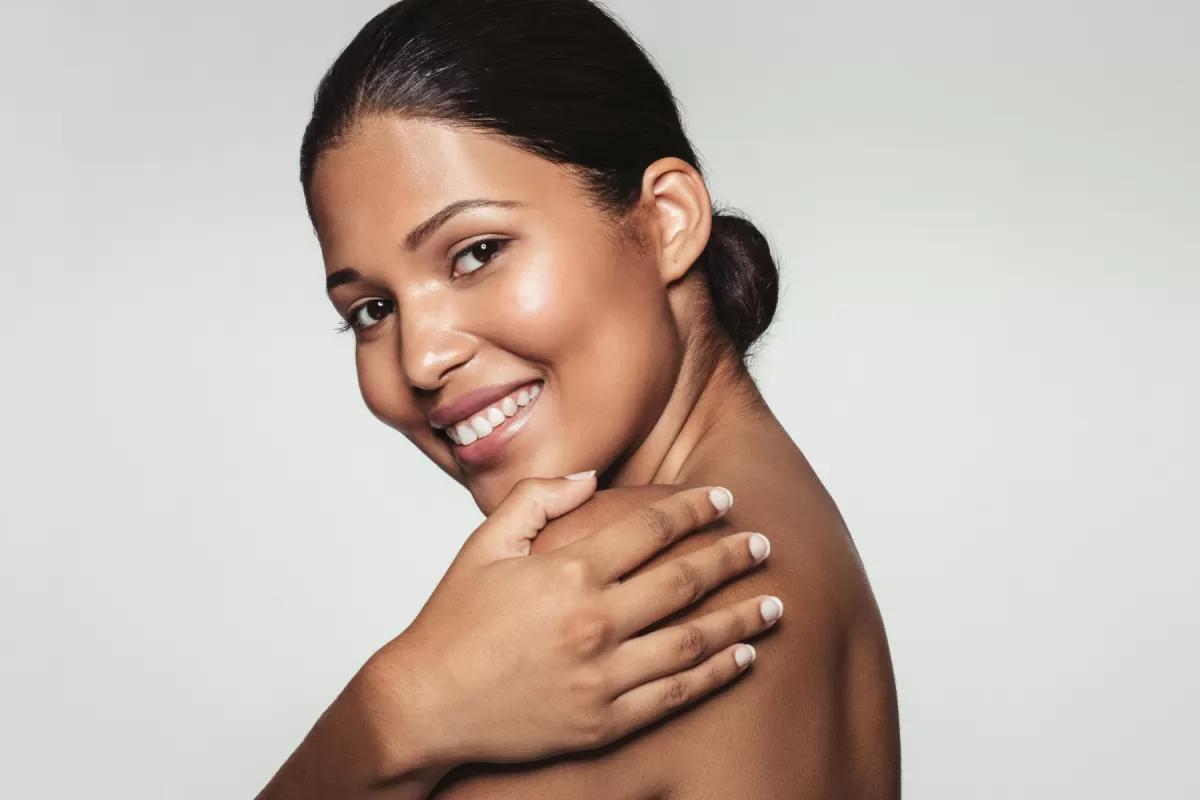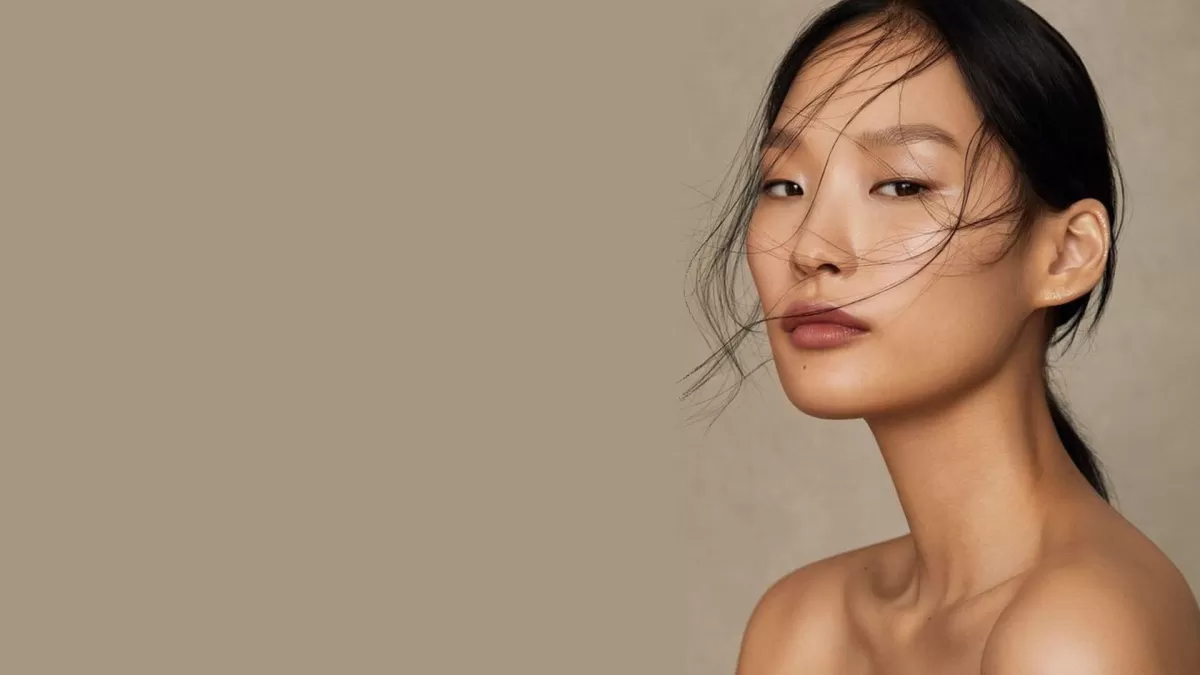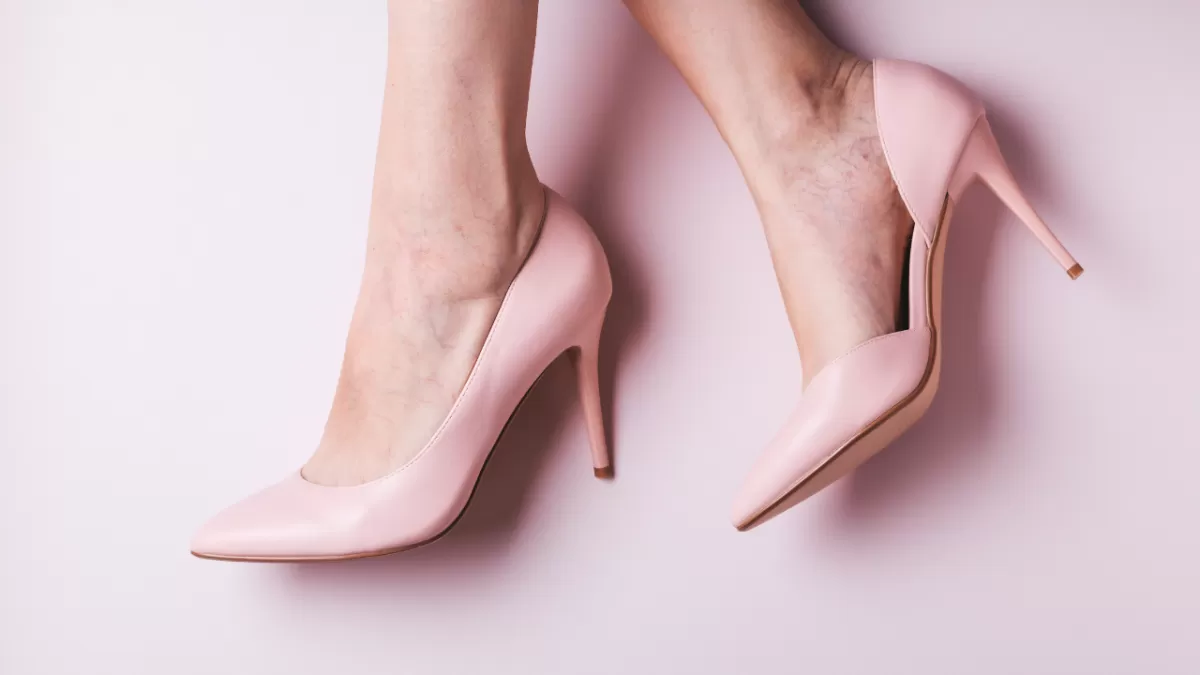The Ultimate Guide to Vascular Laser

What is it & is it safe?
Vascular lasers use light to target and destroy unwanted capillaries and blood vessels of the skin. The laser wavelength is chosen to selectively target the abnormal blood vessels only, sparing the surrounding normal skin structures. When used properly by trained staff, the procedure is extremely safe and effective. To make the procedure more comfortable however, the skin is kept cool with a chilled plate or air so that the heat energy is not transferred to other areas of the skin to cause unwanted burns.
How does it work?
The skin structures such as capillaries and pigment spots absorb light energy at a specific frequency or wavelength. Vascular lasers are scientifically and clinically proven methods of delivering light energy to these unwanted targets to knock them off. Blood vessels and pigment containing brown spots and hair follicles are examples of common targets. The targets absorb the light energy that gets converted to heat leading to its destruction.
What is the difference between IPL and Lasers?
Lasers utilise a single wavelength to deliver energy to skin targets. IPL uses a spectrum of wavelengths. Lasers have a reputation of precision and power and are well proven and established processes in cosmetic dermatology. The vascular laser is often combined with IPL for optimum results. The vascular laser targets the larger broken capillaries while the IPL is more effective for the finer vessels.
What can vascular lasers do for me?
- Reduces and eliminates broken capillaries
- Facial redness may be the result of thousands of fine broken capillaries that when treated will lead to reduction in the appearance of facial redness
- Reduces facial flushing and burning
Other vascular lesions:
- Spider angioma
- Venous lake
- Hemangioma
- Capillary malformations
- Improve active acne
- Improves collagen remodelling after acne scar repair
- Improve scar remodelling
What does the procedure involve?
In most cases, one treatment should be enough. However, in some individuals, two treatments may be necessary for best results, usually spaced a month apart. Certain vascular birthmarks may require multiple (5 to 6) treatments for significant fading.
No anaesthetic is required as there is a cooling plate that both protects the skin and also reduces the treatment discomfort. If required, cream anaesthetic may be applied 30 min before the procedure. Protective eyewear is required and provided during the procedure, as the reflected light can be very bright.
A cool gel may be used on the skin to facilitate skin contact of the handpiece. When the device fires, there is a bright flash followed by a brief stinging pain similar to a rubber band flick. This is followed by a mild burning sensation that lasts for a few hours.
What happens after treatment and how long will the result last?
The treated area will be red and slightly sensitive for a few hours. Make-up may be applied if desired. Occasionally these may be accompanied by swelling (especially around the eyes) and/or micro scabbing that will settle within a week.
Treated vessels may darken which is a good sign but is not necessary for the treatment to be effective. Most of the treated vessels will disappear although some may return with time indicating a need for further treatment. The treatment results are long lasting but new vessels may occur naturally, or as part of the underlying rosacea process, requiring top-up treatments from time to time.
Vascular lasers as Adjuvant (booster) lasers
After Laser resurfacing (including scar repair) the skin will continue to remodel over the next 2–3 months, even after it looks fully healed. It is desirable to help boost collagen remodeling during this period with adjuvant lasers to achieve an even better final outcome. These adjuvant lasers (Pulse Dye Laser, Nd:YAG Laser) are gentle non-ablative lasers that can improve scar remodeling and the final results. These treatments are well tolerated and do not require any recovery time (ie no downtime). Patients undergoing deep skin resurfacing can usually benefit from 3 (or more) adjuvant laser sessions at 3-week intervals. The adjuvant laser procedures are usually started 2–3 weeks after the resurfacing procedure, as soon as the skin looks healed.
What are the unwanted side effects of vascular lasers?
- Burns to the skin leading to significant scabbing
- Alteration in pigment – darker or lighter
- Darker skin individuals or those with recent tanning are at greater risk of developing both increase or decrease in pigment
- The alteration in pigment may either be temporary or rarely, permanent
- Scarring and indentations – usually as a result of burns (extremely rare)
Is everyone suitable for vascular laser?
We do not treat:
- Pregnant or breast-feeding women
- Children under age 18 without parental consent
- Current significant skin disease / infections such as cold sores at the site of treatment
- History of keloid scar
- Patients on medication that causes sensitivity to light
- Any emotional, mental or medical condition that may impair judgment


